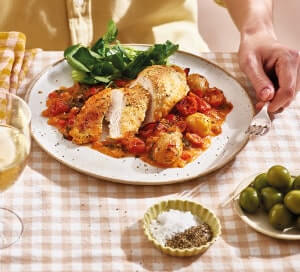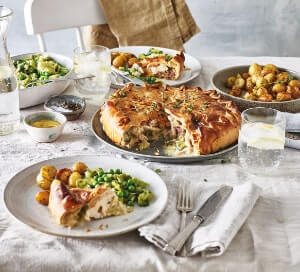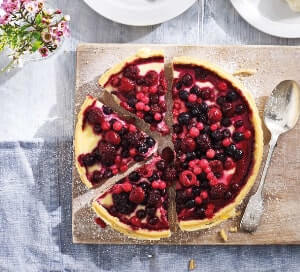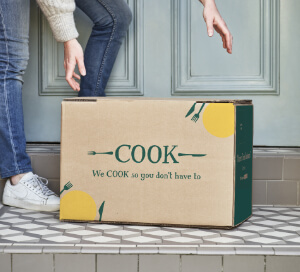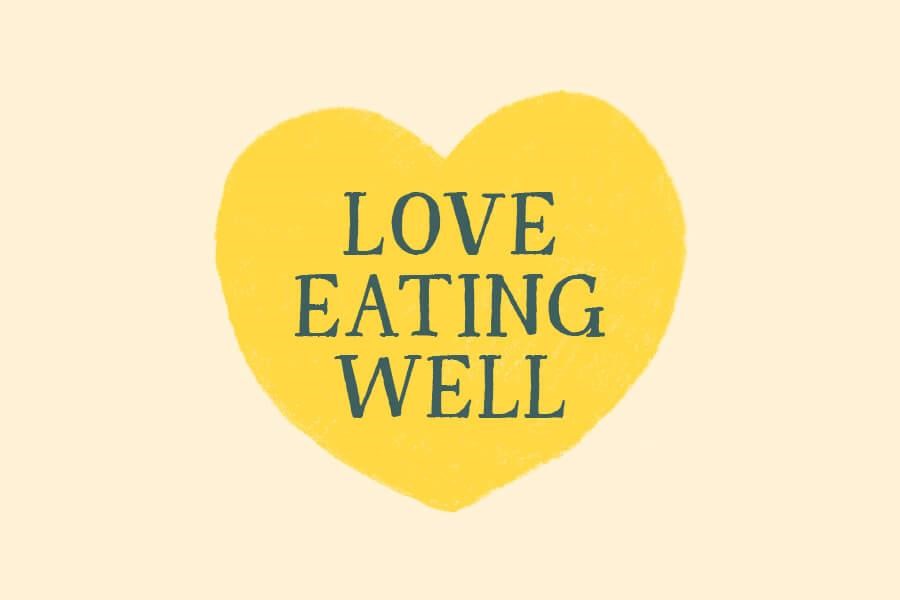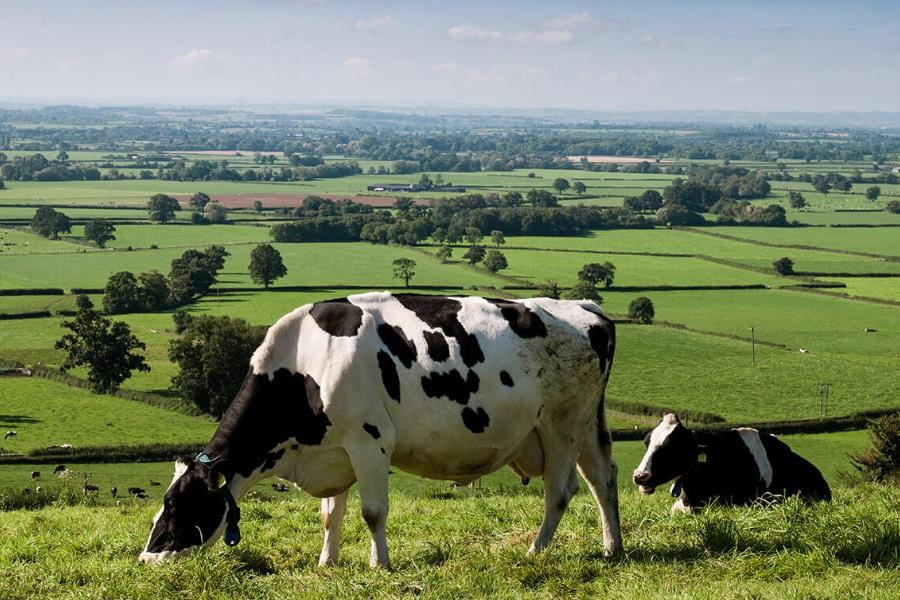
Healthy Eating Ideas
What we eat is one of the most, maybe even the single most important personal choice we can make for our health – both mental and physical. With the right food, we can help ourselves feel great and live a longer, healthier life. But what is the right food? As the new year brings diet madness – “Eat this! Don’t eat that! Actually, we’ve changed our minds, do eat this!” - it can be hard to work out what the heckles we should be doing. We’ve summarised some of what we consider to be the most important healthy eating strategies of 2024 and paired that with some delicious recipes to help us want to eat what’s good for us, as healthy food is only healthy if it gets eaten.

Eat more plants.
In short, the microbes that live in our gut (of which there are trillions: microorganisms, including bacteria, viruses, fungi and parasites) affect pretty much all aspects of our health, from immunity to skin and even brain function. We need to make sure we have a really good range of them to maximize our well-being. To do that, we need to nourish our gut microbes, and what they love most of all is an abundant and diverse range of fibre. Where does that come from? You guessed it, plants. Our gut microbes are foodies by nature, and they can’t get enough plant goodness. They love to sample as many different plant-based ingredients as they can, so let them!
Ideally, we’d eat 30 different types of plant foods every week, which include: wholegrains, fruits, vegetables, nuts and seeds, legumes (beans and pulses) and herbs and spices (including tea and coffee). Ideally enjoy the plant in its purest form eg corn on the cob is way better than cornflakes! And don’t forget that frozen and canned fruit and veg are great as they retain the vitamins that air and light can degrade.
We’ve got a lovely recipe here for a veggie frittata. You can mix up the veg to keep it seasonal and eat it hot or cold for breakfast, lunch or dinner.
Eat More, Live Well, Dr Megan Rossi: Chunky veg and feta frittata
Serves 8
Prep 15 minutes, Cook: 1 hour 20 mins
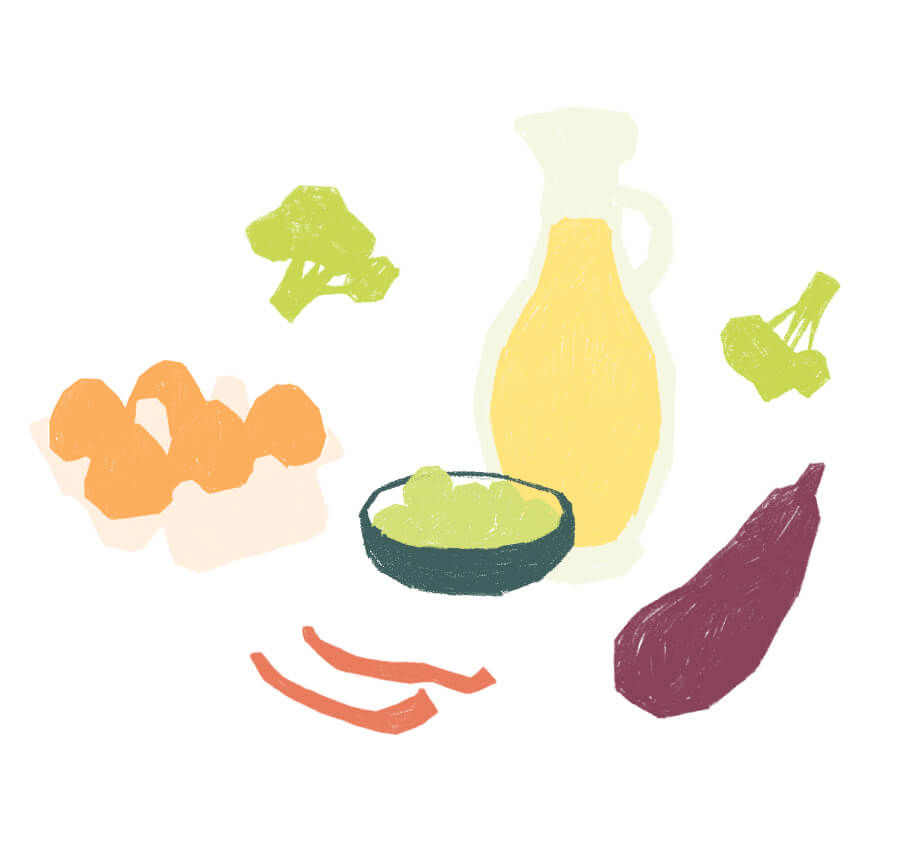
Ingredients:
-
1 red onion, cut into wedges
-
1 courgette, cut into 4 long quarters
-
1 aubergine, cut into 8 long strips
-
1 red pepper, cut into 6 long strips
-
2 sweet potatoes, each cut into 6 long strips
-
1 tsp dried thyme
-
2 tsp chilli flakes (optional)
-
10 large eggs
-
50g extra virgin olive oil, plus more for drizzling
-
200g full-fat Greek yoghurt
-
8 pieces Tenderstem broccoli
-
200g feta, crumbled
Method:
1. Preheat the oven to about 200°C
2. Line a large baking tray with non-stick baking paper and add in all the veg except for the broccoli. Mix with the thyme, a generous drizzle of olive oil, a big pinch of sea salt and chilli (if using) and roast for 30 mins.
3. Line the base and sides of a deep 25 cm square cake tin. Layer the roasted veg into the tin, alternating the different types.
4. Stir together the eggs, olive oil and yoghurt until just combined, along with a big pinch of salt and a grind of pepper. Pour this mixture over the veg, then add the broccoli and sprinkle the feta on top.
5. Reduce the oven temp to 180°C and bake for 50-60 minutes until the middle has just set – it shouldn’t be jiggly (technical term!) any more.
6. Cool for at least 10 mins before serving. It’ll keep in the fridge for up to 3 days.
Look after your gut health.
Gut health underpins overall health and fermented foods are fantastic for our gut health as they contain “good” bacteria. These have a big impact on the immune system, giving your gut microbiome a big party, which can really help our mood. The 4 K’s are currently the most talked about fermented foods: kimchi, kefir, kombucha and kraut – even the Archers are talking about them in Ambridge (“Fermented foods are the future” says Tom) so you know it’s a hot topic! Here’s a quick and easy recipe one of our team makes … word of warning, it might keep more than the vampires at bay as the garlic is strooong, but you can taste it doing you good.
BBC Good Food, Quick Kimchi recipe
Serves: 8, as a side; prep 20 mins

Ingredients:
-
1 Chinese cabbage
-
3 garlic cloves, crushed
-
2.5cm piece of ginger, grated
-
2 tbsp fish sauce (optional)
-
2 tbsp sriracha chilli sauce or chilli paste
-
1 tbsp golden caster sugar
-
3 tbsp rice vinegar
-
8 radishes, coarsely grated
-
2 carrots, cut into matchsticks or coarsely grated
-
4 spring onions, finely shredded
Method:
1. Slice the cabbage into 2.5cm strips. Tip into a bowl, mix with 1 tbsp sea salt, then set aside for at least an hour.
2. Meanwhile, make the kimchi paste by blending the garlic, ginger, fish sauce (if using), chilli sauce, sugar and rice vinegar together in a small bowl.
3. Rinse the cabbage under cold running water, drain and dry thoroughly. Transfer to a large bowl and toss through the paste, along with the radishes, carrot and spring onions.
4. Serve straight away or pack into a large jar, seal and leave to ferment at room temperature overnight, then chill. Will keep in the fridge for up to 2 weeks - the flavour will improve the longer it's left.
Remember that fat is your friend, not the enemy.
Fat has had a bad rap since researchers first suggested that a high-fat diet was linked to unhealthy high cholesterol levels. But fat isn’t a nutritional bad guy, it’s an essential nutrient that we all need in our diets. Rather than thinking about ‘good’ or ‘bad’ fats, try thinking about foods that you can eat more often and other foods that you might want to eat less frequently. Some of our favourite sources of fat include: avocadoes, nuts, seeds, extra-virgin olive oil and we’ve thrown all of them together in this recipe…
Recipe: Smashed avo on sourdough with olive oil, feta, seeds
This is more of an assembly guide than a recipe:
1. Smashed, well-seasoned avocado should be the star here, distributed in large random clumps on some thickly sliced sourdough bread (that’s had some olive oil drizzled over it).
2. Crumble feta on top, in large pieces, and sprinkle with seeds. Salt and pepper.
Reduce ultra-processed food.
There’s lots of talk about ultra-processed foods at the moment: industrially-manufactured foods, some of which contain next-to-no nourishment and can be harmful to our health. With the best will in the world, it’s hard to avoid them completely, but the good news is that even a small reduction can have a big impact on health. So, you could start by swapping out a few products that are heavily processed, such as breakfast cereals, supermarket breads and biscuits. Tinned or instant soups are also often ultra-processed, containing a lot of additives and ingredients we don’t recognise, but it’s so easy to make a really healthy homemade soup instead, especially if you use a bone broth (great for your immune system). Check out the recipe below.
Just before you tuck into that, it’s worth mentioning COOK here as frozen ready meals are among the categories named and shamed in the recent book, Ultra-Processed People. To be clear, we are 100% NOT ultra-processed. The clue is in our name: we COOK, we don’t ultra-process. Back in 1997, our founding statement was to COOK using the same ingredients and techniques a good cook would use at home, so all the ingredients we use are things you might find in your own kitchen cupboards. We believe in cooking natural and nutritious food then using the most natural preservative – low temperatures - to freeze it.
Jamie Oliver: Chicken and Veg soup
Serves 6
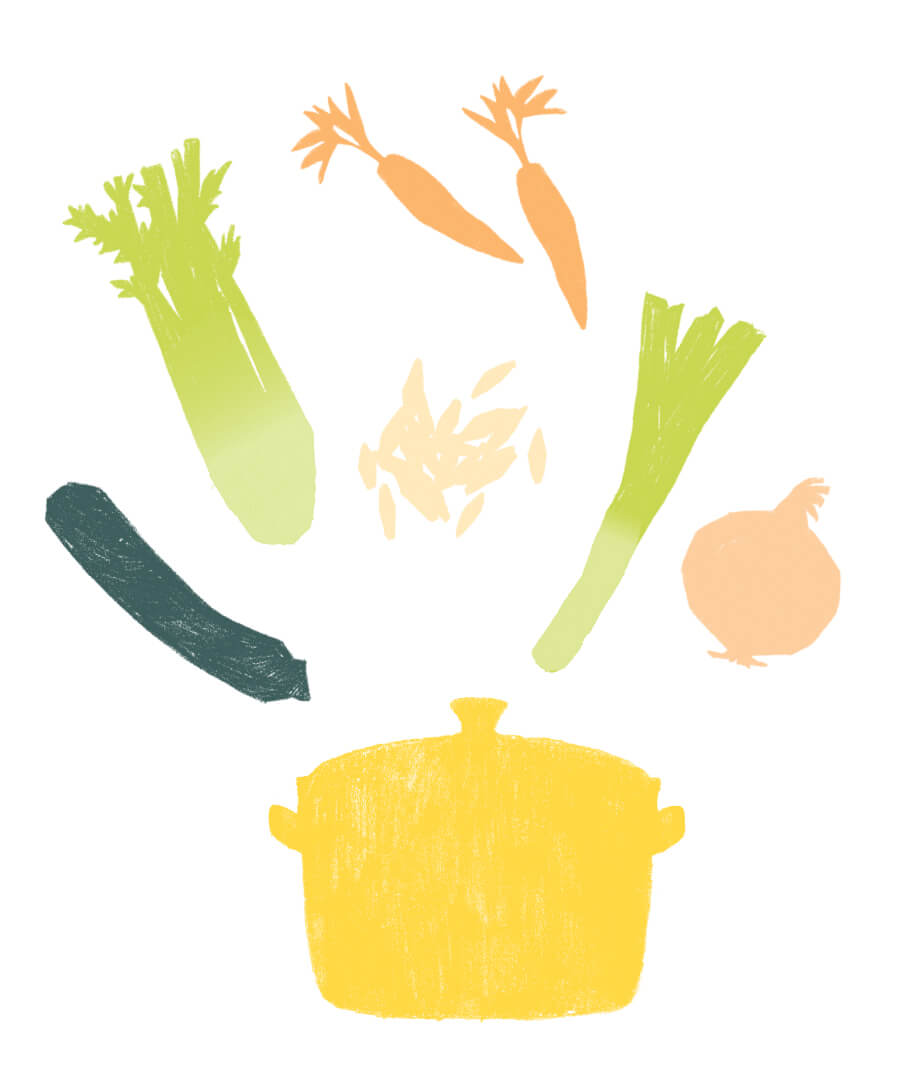
Ingredients:
-
1 large onion
-
1 leek
-
2 sticks of celery
-
2 carrots
-
2 courgettes
-
200g cooked chicken
-
Olive oil
-
100g orzo
-
50g frozen peas
-
1 bunch of fresh flat-leaf parsley
Chicken stock:
-
1 chicken carcass and bones
-
1 large onion
-
2 sticks of celery
-
5 black peppercorns
Method:
1. To prepare the chicken stock, peel and quarter the onions, then place in a large saucepan, with the remaining stock ingredients.
2. Cover with 3 litres of cold water, then season with a little sea salt. Bring to the boil over a medium heat, skimming any froth off the surface with a spoon. Cover with a lid, lower the heat and simmer slowly for 3 hours.
3. Strain the broth through a sieve, discarding the solids, then leave it to cool.
4. To make the soup, peel and/or trim the onion, leek, celery and carrots, then roughly chop along with the courgettes. Shred the chicken.
5. Add a splash of oil to another large saucepan and place over a medium heat. Add all the vegetables, except the peas, and sauté for 5 minutes.
6. Stir in the orzo, pour in the stock and bring to a boil. Lower the heat and simmer for 8 to 10 minutes, or until the veg are cooked and orzo is soft, then stir in the peas and chicken until heated through. Season to taste.
7. Divide the soup between bowls, top with the herbs, and serve.
Healthy eating isn’t just about what you eat, there are other factors to consider too.
When to eat.
That’s enough food for now. The gut needs activity time, but it also needs quiet repair time. Think of it in the same way as your body needs sleep, the gut also needs time to rest. Resting it for 12 – 14 hours is great for the immune system and also for our gut microbiome as we have microbes that help us digest and absorb our food, and then we have a different set of microbes that essentially do a kind of clean-up operation and manage inflammation – and that type of thing happens in a fasted state. Ideally we’d have a 12-hour overnight fast, and not eat from say, 8pm to 8am, sticking to an eating window of 10 – 12 hours.
How to eat.
Food is there to be enjoyed. Choose abundance rather than restriction – think about all the goodness you can add into your meal rather than purely focussing on what you should take out. Enrich rather than restrict.
And where possible, sit down and eat with friends and family, it’s a great way to retain the pleasure of eating. If you’re at work, take a proper lunch break and eat together. Research shows if you take that break, you actually get more done in the afternoon and in less time.
What to eat.
There is a lot to digest (sorry, take in) so we’re going to leave it there for now and leave you to enjoy some of the recipes above.









